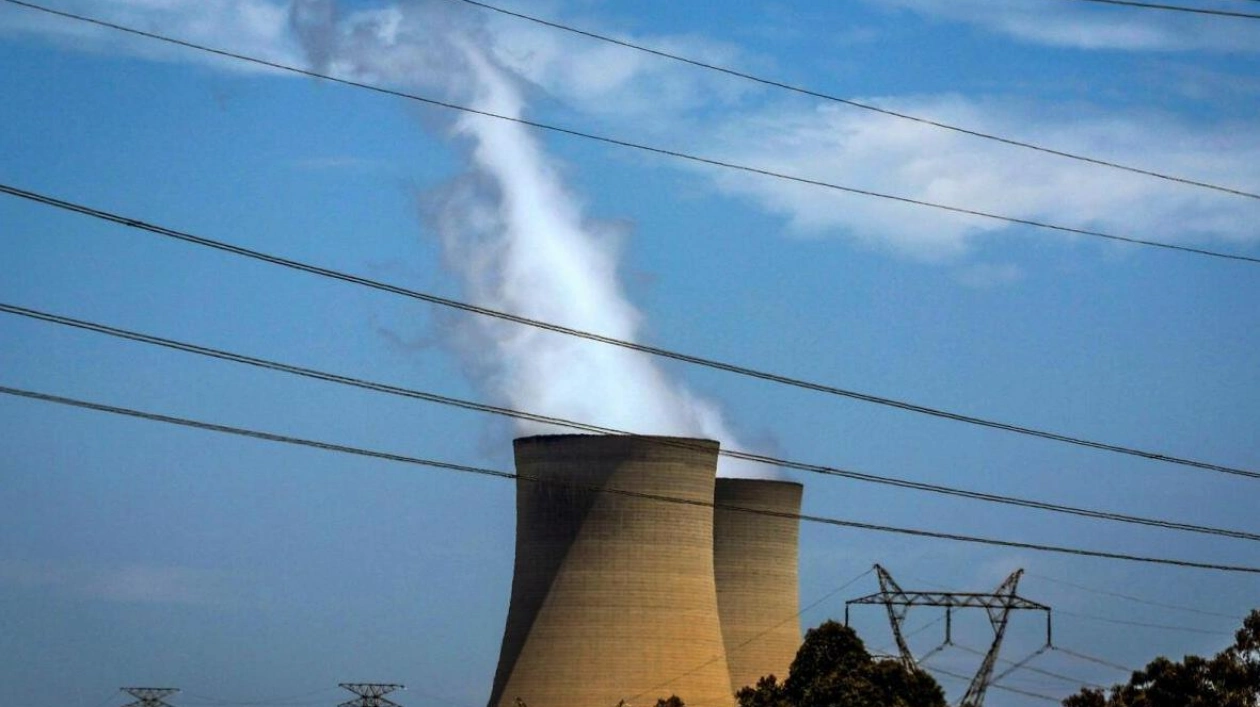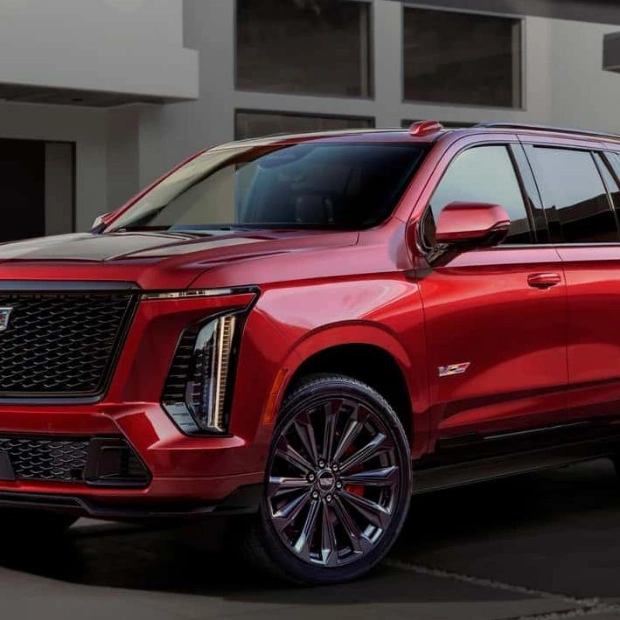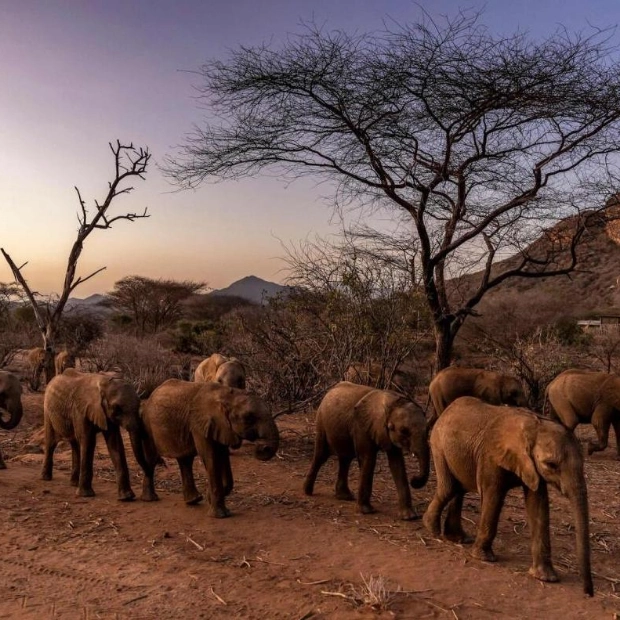Australia's federal opposition has proposed a plan that could delay the expansion of renewable energy and construct a network of nuclear reactors, setting the stage for a contentious debate on climate policy ahead of the anticipated election next year.
The opposition's policy, revealed last month, would shift the focus from the current government's push for rapid construction of solar, wind, and battery facilities to a strategy that promotes a larger role for fossil fuels while building seven state-owned nuclear plants. Energy analysts predict this move would result in significantly higher emissions for at least two decades before substantial nuclear power could be integrated into the grid, a claim the opposition disputes.
The governing Labor Party argues that the proposal jeopardizes investments in wind and solar, and is an expensive, environmentally harmful fantasy for a large, sparsely populated, and sunny country where nuclear generation is currently prohibited. "It's a tactic to prolong coal usage, at a huge cost to reliability and emissions," stated Energy Minister Chris Bowen recently. "It's a betrayal of Australians who have endured bushfires, floods, and cyclones during this crucial decade for climate action."
The opposition, comprising the Liberal and National Parties, is banking on discontent among those who oppose wind or solar farms near their properties or coastlines, and polls indicating that about half of Australians support nuclear power. Facing pressure due to a cost of living crisis, the Coalition promises its nuclear plan will achieve net-zero emissions by 2050 more affordably and safely than the Labor Party can, though many analysts doubt this, considering the high costs of nuclear plants despite Australia being a major uranium producer.
Some political and energy analysts believe that undermining Australia's progress towards renewables is a primary objective of the nuclear policy. While the plan has some support, it is not widespread enough in marginal seats to guarantee the Coalition's victory, according to Kos Samaras at political consultants RedBridge. However, he noted that it presents a clear alternative that could gain traction if the rollout of renewables encounters difficulties.
The widening policy gap between the Labor Party and the opposition echoes the climate wars of the 2010s, when skepticism about climate change, fueled by some Coalition politicians, became a pivotal election issue. Since coming to power in 2022, Labor has positioned Australia as a climate leader and is bidding to host the COP international climate conference in 2026. By 2030, Labor aims to source 82% of Australia's power from renewables, up from around 40% currently, and reduce emissions by 43% from 2005 levels. In the long term, it envisions a predominantly renewable energy system supported by batteries and flexible gas generation.
The Coalition maintains it still aims for net zero emissions by 2050 but plans to target a lower share of renewables in the grid, without specifying the level. Opposition energy spokesman Ted O'Brien criticized Labor for alienating local communities and failing to meet its renewables targets while restricting generation from coal and gas, which he argues are necessary to stabilize power supply. "The goal is not to maximize renewables on the grid but to reduce emissions, keep prices low, and ensure the lights stay on," he said. He added that Labor would eventually need to rely on non-renewable generation to maintain grid functionality, stating, "There is no credible path to net zero without some nuclear energy involvement."
Despite many countries, including India, South Korea, and Britain, utilizing nuclear power and constructing new reactors, energy analysts argue that high construction costs, Australia's lack of nuclear expertise, and its abundant land and sunshine make nuclear power a less logical choice. Seven nuclear plants would only supply around 15-20% of Australia's energy by 2050, if they are completed on time, according to Tony Wood, an energy analyst at the Grattan Institute. More wind and solar installations are inevitable, analysts say, as the Australian energy market operator expects most of the country's aging coal plants to shut down within the next 15 years. States and private companies have their own emissions targets, which they are likely to maintain.
Renewables are also the most cost-effective form of generation, encouraging investment, said David Dixon at consultants Rystad Energy. However, the industry, renewables firms, and investors now face the threat of significant, interventionist policy changes that could pit renewables against taxpayer-funded nuclear plants. While no current investments are being reconsidered, there are concerns that the federal government could restrict offshore wind development or abandon a federal scheme guaranteeing minimum revenue for solar, wind, and battery facilities, aiming to triple renewable capacity commitments between 2024 and 2027.
O'Brien did not specify whether the Coalition would abolish the investment scheme but argued that its current design would not ensure energy security without additional gas-powered plants. He did not indicate whether he would oppose offshore wind but suggested that Labor should halt its push for an offshore wind zone north of Sydney and initiate a proper community engagement process. The opposition's rhetoric under leader Peter Dutton mirrors that of former Coalition leader Tony Abbott, who won the 2013 election by pledging to abolish a carbon tax, noted Wood. "Climate was the weapon Abbott chose," he said. "It was incredibly effective. Dutton is trying it again."






